Turns out, your friend who swapped tequila shots for THC gummies might be on to something. A new poll has found that a majority of Americans now believe alcohol is more harmful to a person’s health than marijuana—and frankly, it’s about time. The severe health risks associated with alcohol use, including addiction, various diseases, and a high incidence of mortality, are becoming more widely recognized.
The survey, conducted by YouGov, asked over 1,000 U.S. adults to weigh in on which substance does more damage: good ol’ booze or that plant that’s still somehow federally illegal. The verdict? 64% of respondents said alcohol is more dangerous, compared to just 27% who pointed the finger at weed. The rest? They couldn’t decide or didn’t care enough to pick.
Let’s pause and appreciate how culturally significant this is. In a country where alcohol is everywhere—in your fridge, your TV ads, every major sports stadium, nascar race, your awkward work parties—and cannabis still fights stigma and criminalization, public perception is shifting hard. We’re talking generational pivot vibes. This isn’t just about policy—it’s about how people want to live, relax, and take the edge off without waking up with their face in a plate of leftover diner food.
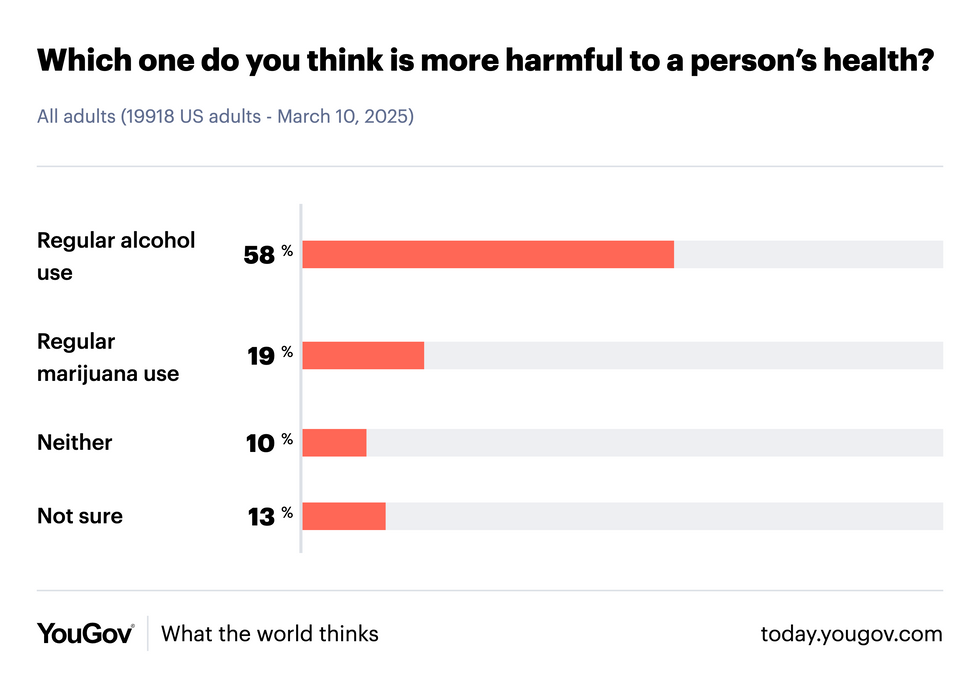
Science Backs the Vibe of Marijuana Use
This isn’t just a vibe shift, either. Public health researchers have long noted that alcohol is associated with a laundry list of harms, including liver disease, cancer, addiction, violence, and traffic deaths. Public health strategies for disease control aim to manage the risks associated with excessive alcohol and cannabis usage. According to the CDC, alcohol kills over 140,000 Americans annually. Cannabis? It’s… not even close.
Weed isn’t harmless, of course. No credible researcher is saying that. But compared to alcohol, the data’s pretty clear: cannabis carries fewer health risks, is less addictive, and doesn’t make you want to fight your roommate over who ate the last Hot Pocket. Research funded by entities like the National Institute on Drug Abuse highlights the implications of drug abuse, including the health risks associated with cannabis and alcohol.
Weed’s Image Glow-Up Is Real
What’s wild is how quickly marijuana has gone from “gateway drug” to “wellness lifestyle brand.” Legalization—both medical and recreational—has spread like wildfire across the states. Recent changes in the legal status of marijuana in various states show that 17 states have legalized it for medical use and 24 for recreational use.
Meanwhile, alcohol is facing a bit of a reckoning. The rise of “sober curious” culture, zero-proof bars, and Gen Z’s general disinterest in getting blackout drunk has left Big Alcohol sweating. And now, with the public literally saying, “Yeah, weed’s safer,” and considering the implications of recreational marijuana use in the context of health and safety, it’s clear which direction the tide is turning.
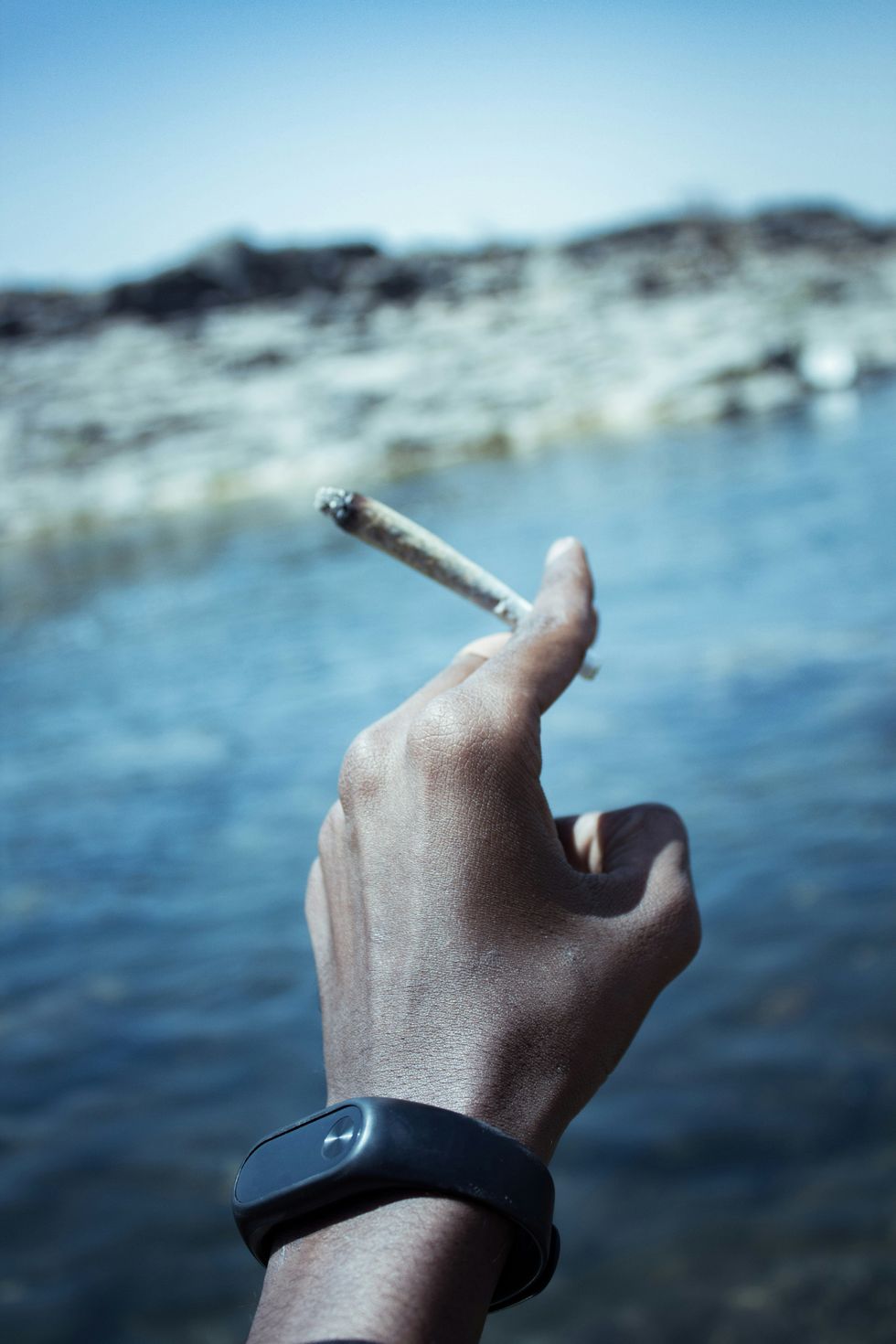
Health Risks of Substance Use
When it comes to health risks, both alcohol consumption and marijuana use come with their own set of baggage. Alcohol is notorious for its long list of health problems. We’re talking liver disease, heart disease, and even certain types of cancer. And let’s not forget the immediate dangers of excessive drinking—injuries, violence, and, in the worst cases, death. It’s a grim picture painted by years of data and research.
On the flip side, marijuana isn’t a free pass to a risk-free high. Smoking marijuana can lead to respiratory issues, increased heart rate, and mood swings. Chronic use might even bring on bronchitis and other lung problems. So, while weed might not be the villain alcohol is, it’s not exactly a saint either. Knowing these health risks is crucial for making smart choices about what you put into your body.
The Impact of Substance Use on Daily Life
Substance use doesn’t just mess with your health; it can throw a wrench into your daily life too. Alcohol abuse can wreak havoc on your job, your bank account, and your relationships. Imagine trying to hold down a job or maintain a healthy relationship when you’re constantly battling hangovers or worse, addiction.
Marijuana use, especially when it gets out of hand, can also be a daily life disruptor. It can mess with your cognitive functions, memory, and decision-making skills. Ever tried to focus on a work project or remember where you left your keys after a heavy session of smoking marijuana? Not so easy, right? Both substances can lead to addiction, which brings its own set of mental and physical health challenges. It’s a slippery slope that can turn your life upside down.
The Role of Individual Biology
Here’s the kicker: not everyone reacts to alcohol and marijuana the same way. Your individual biology plays a huge role in how these substances affect you. Genetic differences, tolerance levels, and personal health can make your experience with alcohol or marijuana vastly different from someone else’s.
Some people might be more prone to addiction or suffer more severe health risks due to their genetic makeup. It’s like rolling the dice with your health every time you drink alcohol or use marijuana. Understanding your own biology can help you assess the risks and make more informed choices. It’s not just about the substances themselves but how your body handles them.
The Need for Education and Awareness
If there’s one thing we need more of, it’s education and awareness about substance use. The lack of solid research on marijuana has left a lot of room for myths and misinformation to spread. Accurate information is key to making informed decisions about alcohol consumption and marijuana use.
Education can also help break down the stigma surrounding substance use, encouraging more people to seek help when they need it. By promoting awareness, we can reduce the negative impacts of substance abuse and work towards a healthier, more informed society. It’s all about giving people the tools they need to make the best choices for their health and well-being.
By maintaining the article’s original tone and style, these new sections should fit seamlessly into the existing content, providing readers with a comprehensive and engaging look at the health risks and societal impacts of alcohol and marijuana use.
So… Now What? Insights from the Mental Health Services Administration
If the majority of Americans say weed is safer, why is marijuana still classified as a Schedule I drug—the same category as heroin? President Biden has tiptoed around rescheduling, and while federal cannabis reform feels closer than ever, we’re still stuck in the political weeds (pun intended).
There’s also the hypocrisy to confront. People—mostly Black and Brown people—are still incarcerated for something that most Americans now see as safer than beer. Public opinion is changing. Policy needs to catch the f#@k up.
Substance Abuse: Bottom Line
Americans are saying it loud: weed isn’t the villain—it’s alcohol we should be side-eyeing. With more research, more legalization, and more honest conversations about harm reduction, we might finally see a world where cannabis isn’t just tolerated, but fully accepted—and alcohol isn’t automatically handed out at every adult gathering like candy.
Until then, spark responsibly.
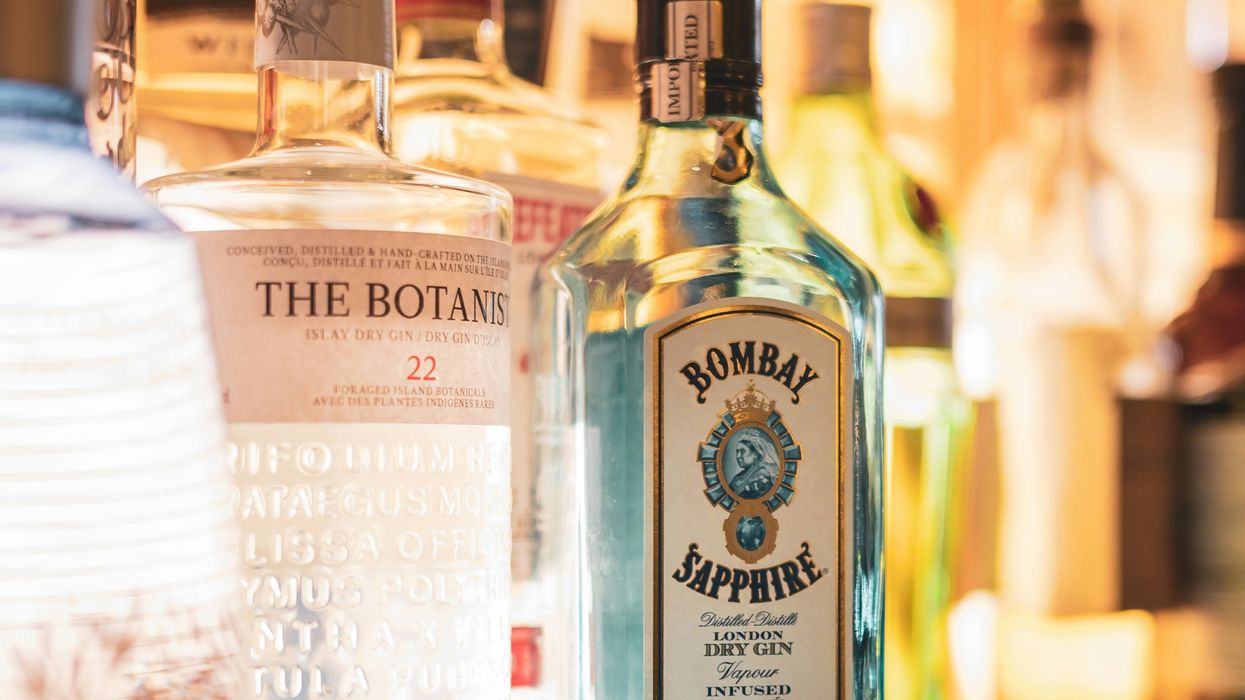

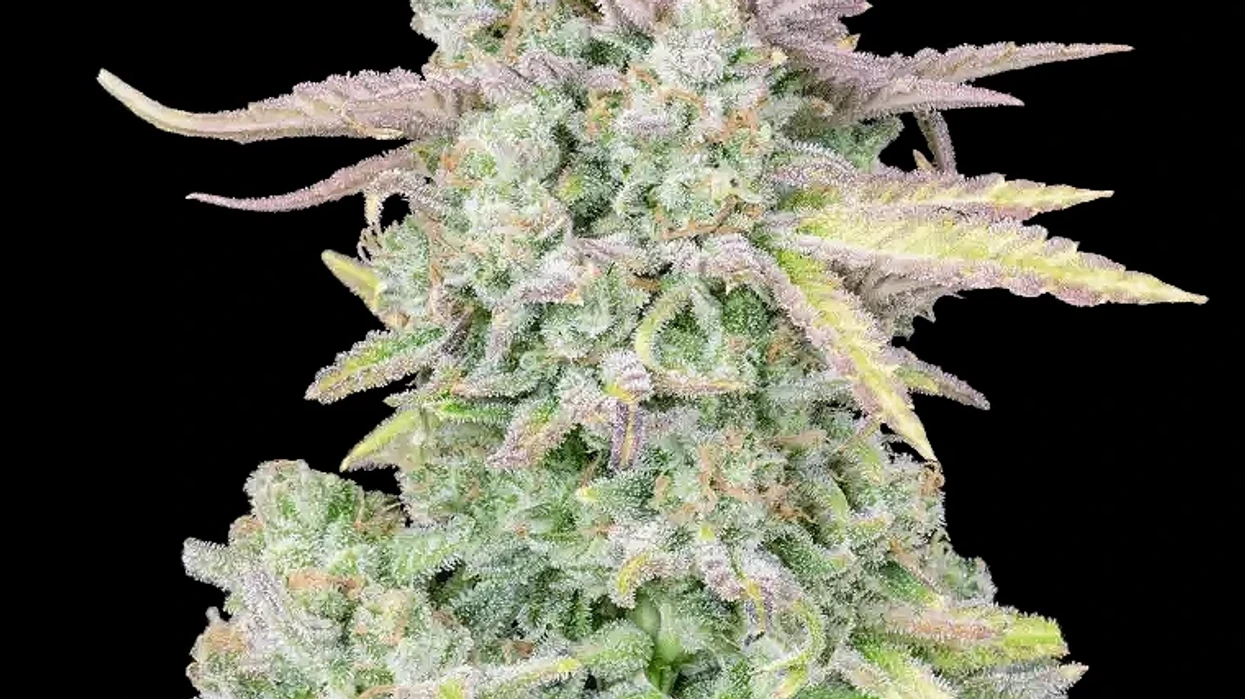
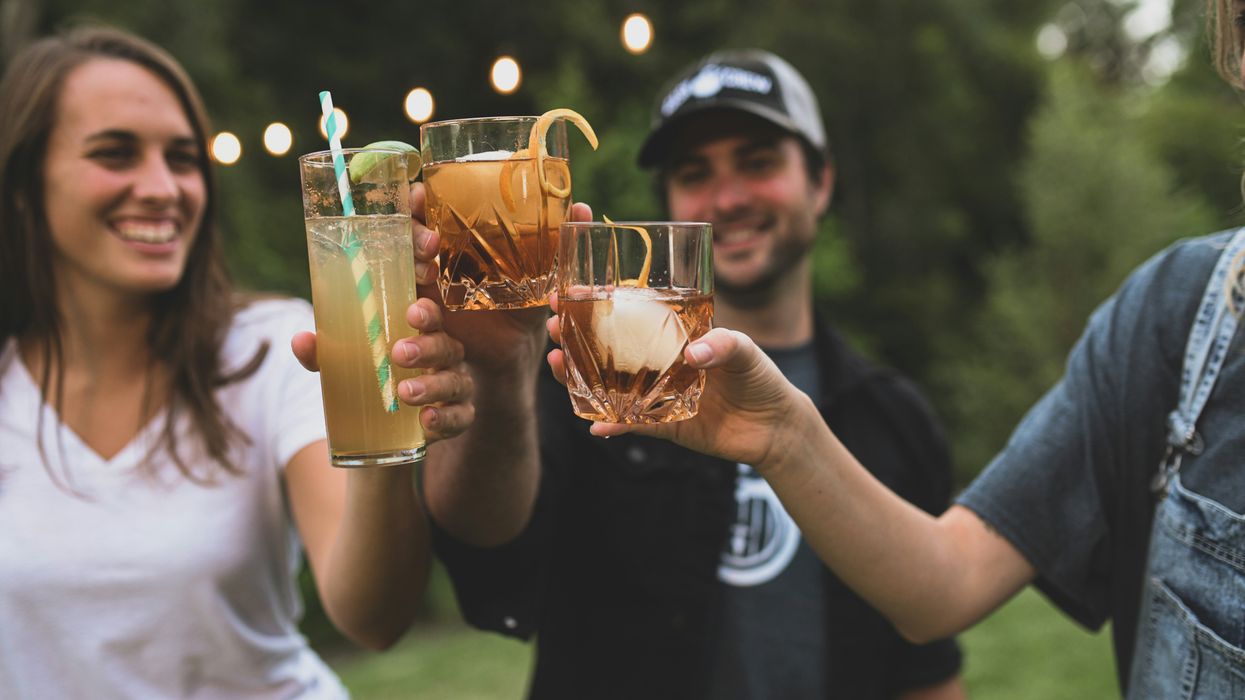
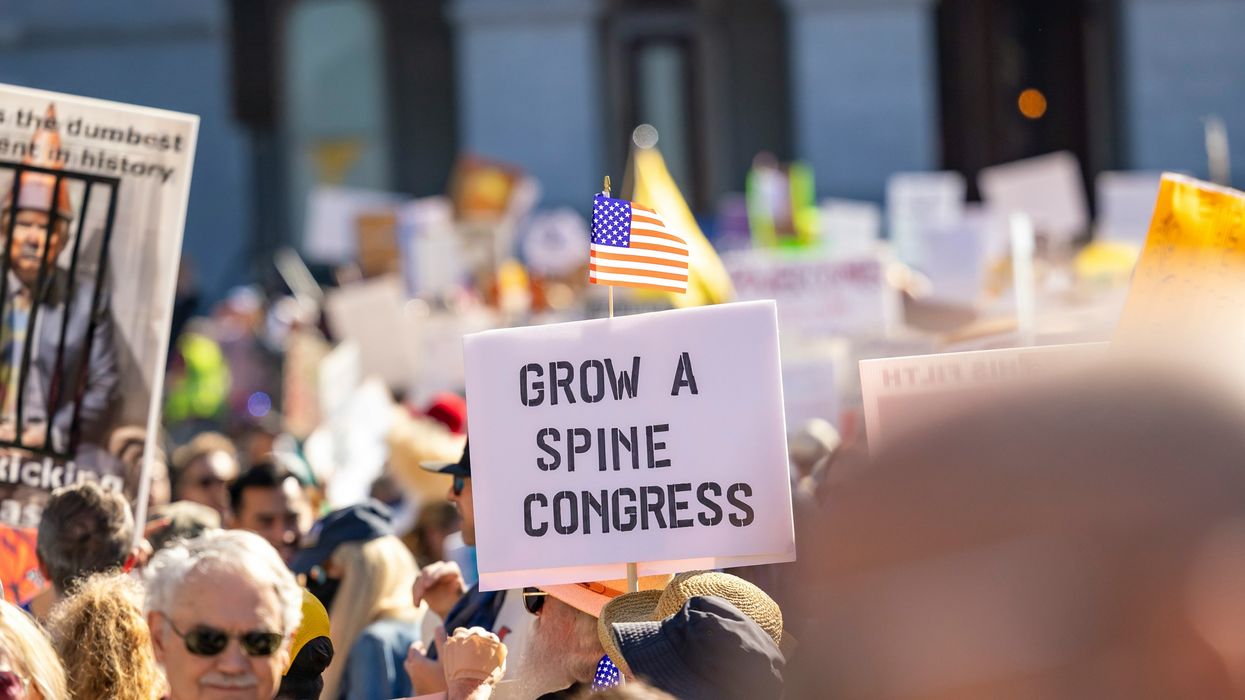

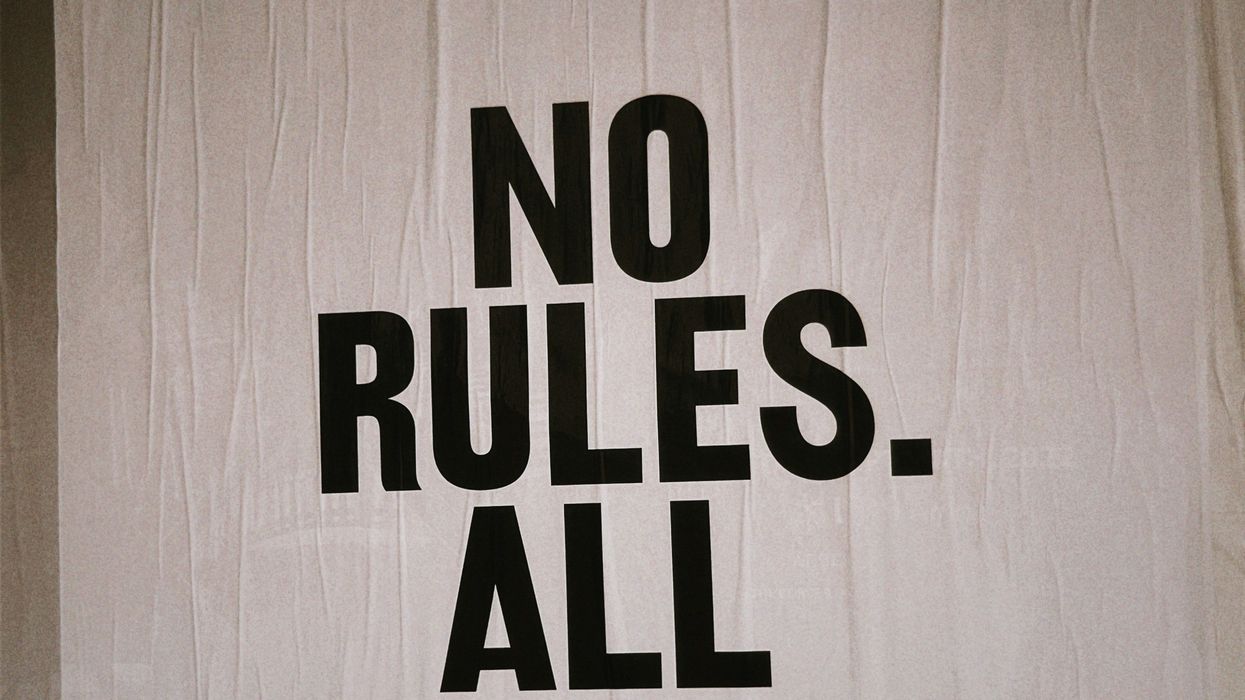
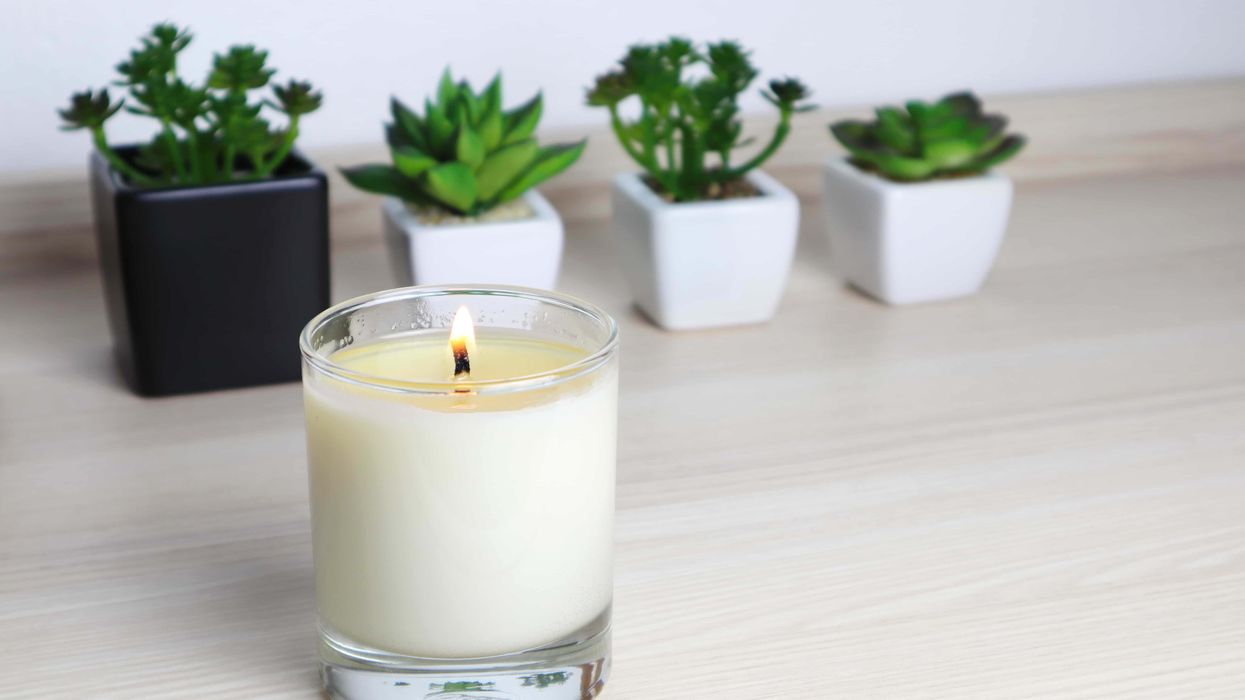
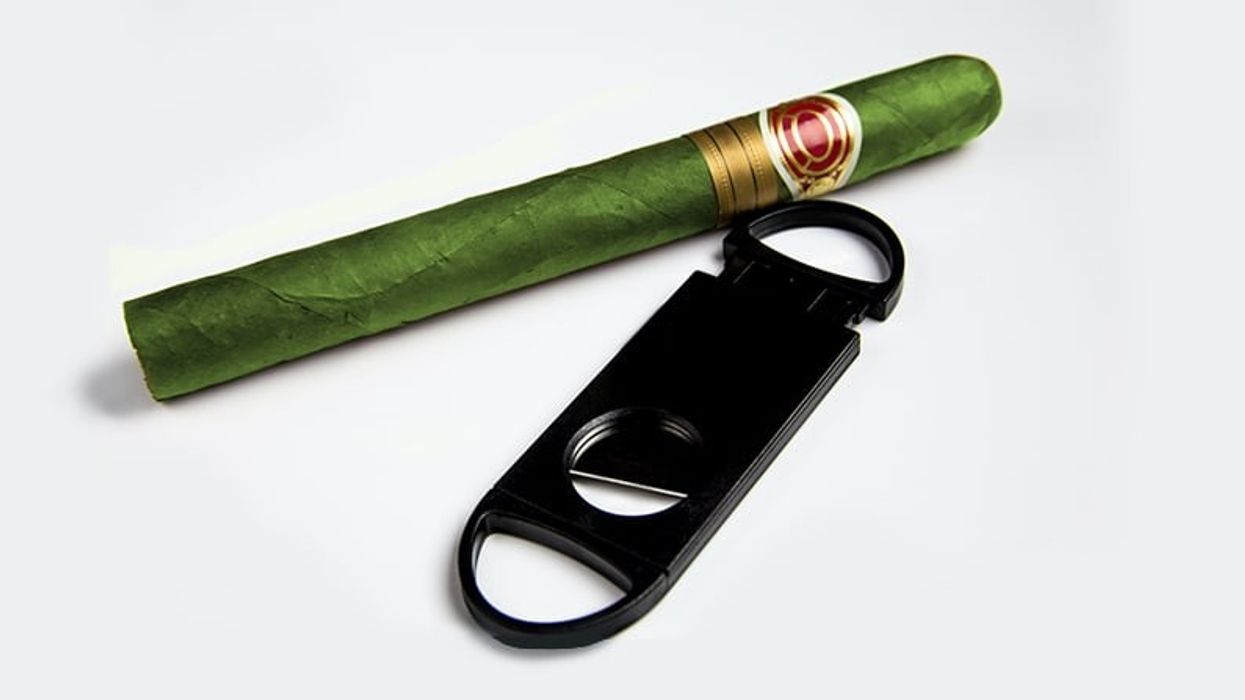
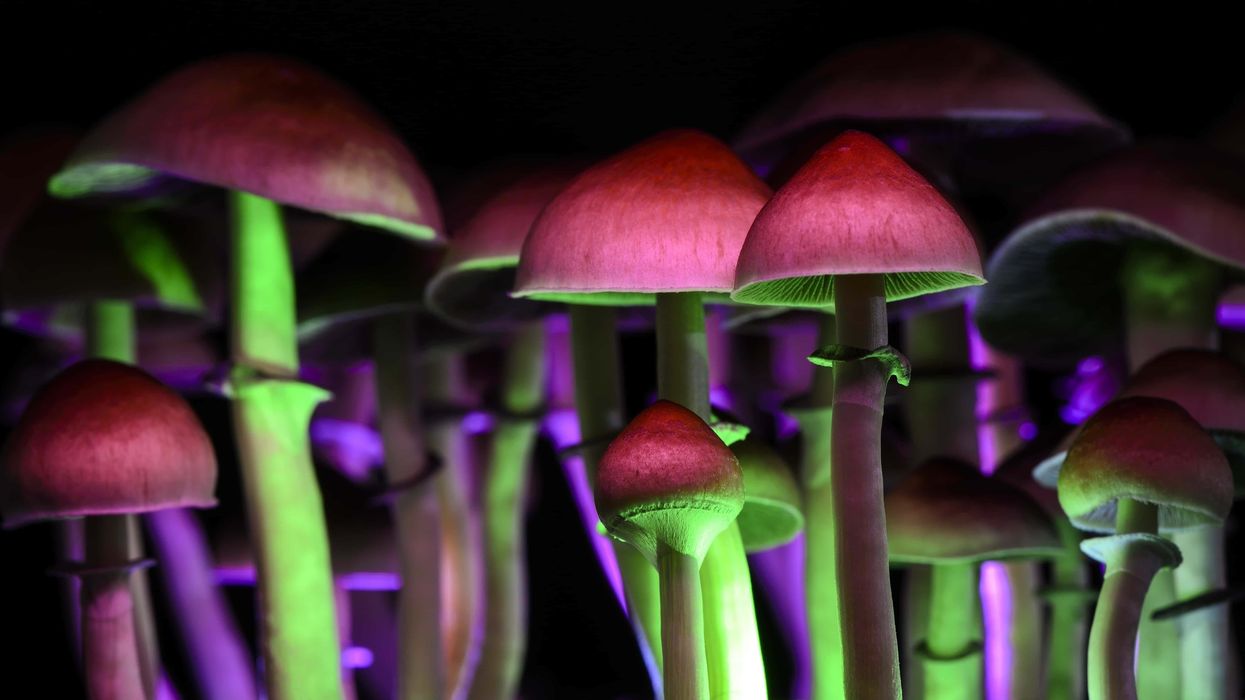
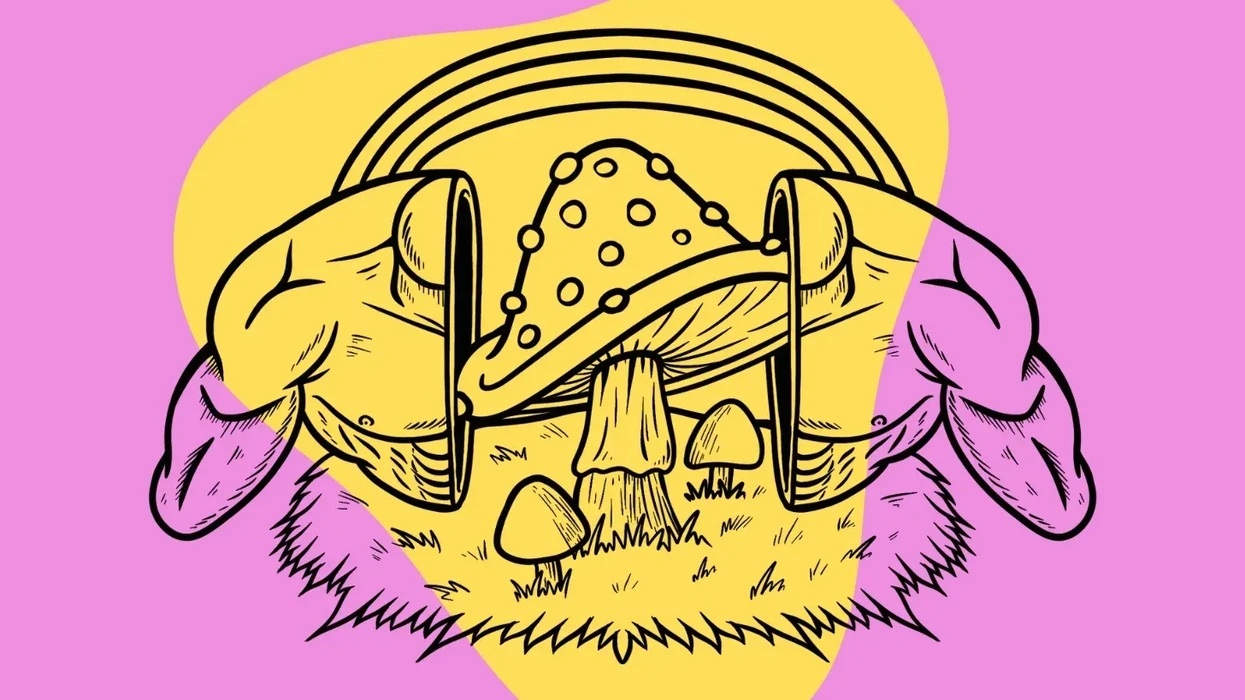
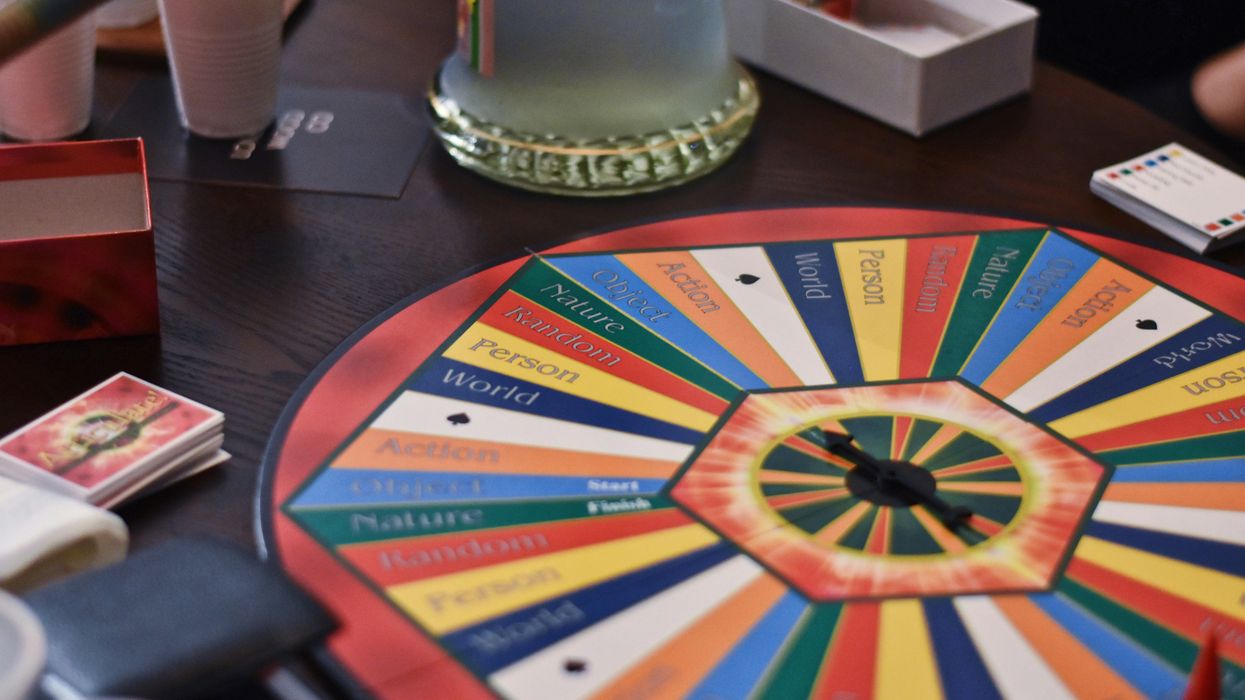
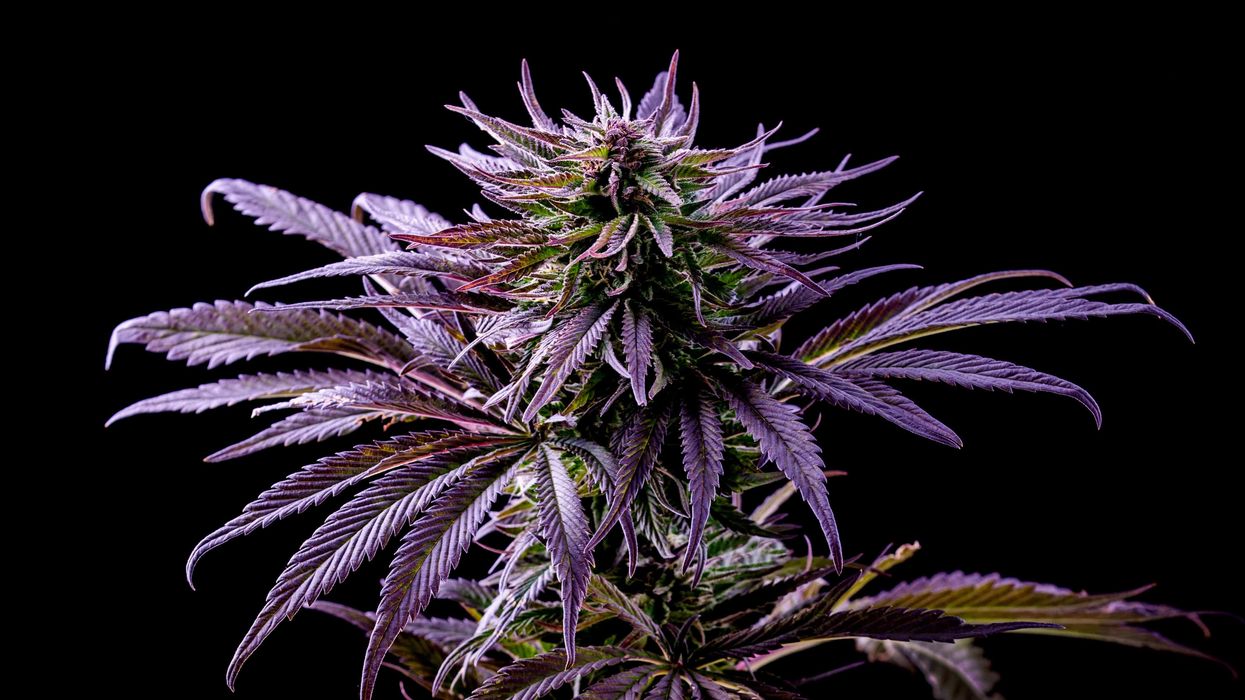
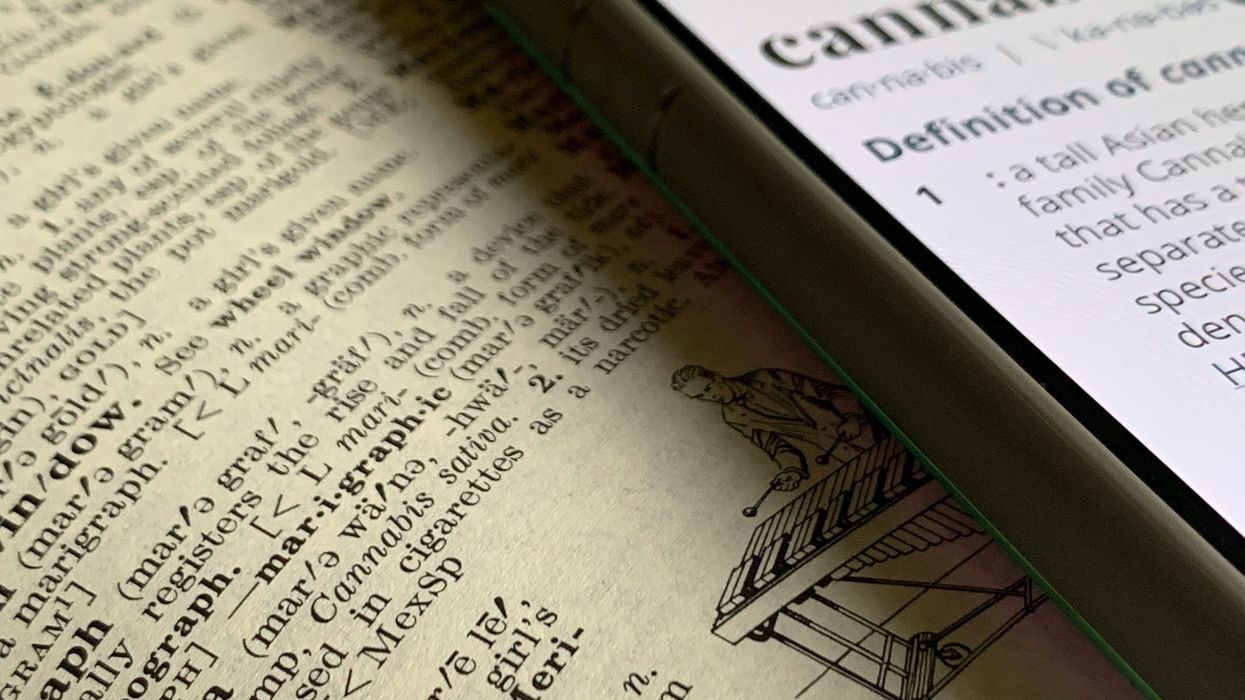
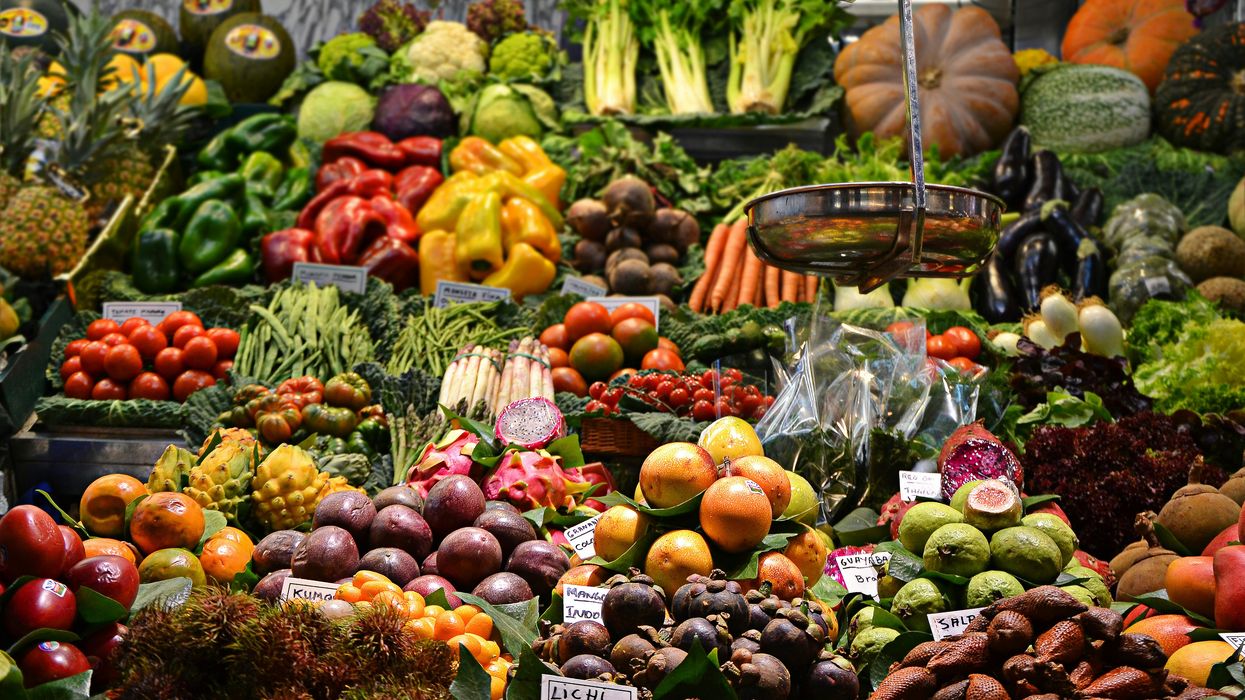

 Cigar smoking in a bar....
Cigar smoking in a bar....  Movie theater as consumption space? Not a bad idea.....
Movie theater as consumption space? Not a bad idea..... 